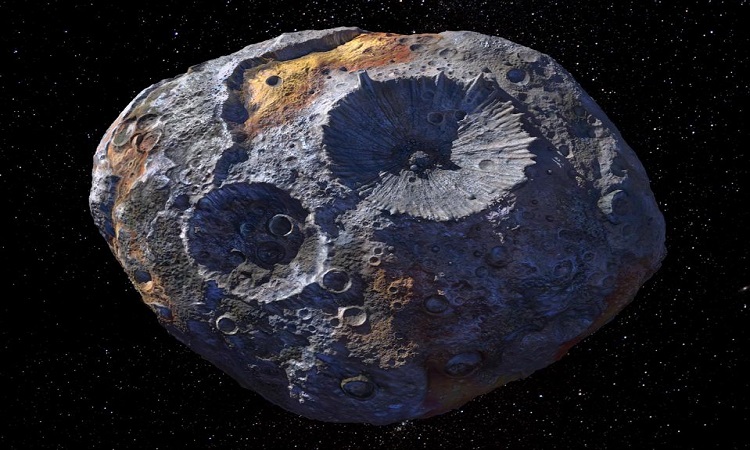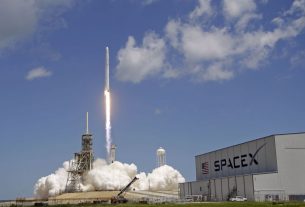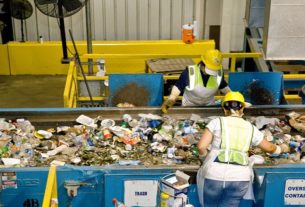Scientists have moved on to the final phase of development for the Psyche mission, which is scheduled to launch in August 2022.
With a year and a half to go before the launch of the Psyche mission into space, NASA concludes the development stage of the spacecraft that will explore the most valuable asteroid, whose subsoil, presumably rich in platinum and gold, could provide relevant information on the origin of the Earth.
After completing the process of planning, design and construction of the apparatus and the solar-electric propulsion system, the National Aeronautics and Space Administration of the United States moved to the final phase D of operations, ahead of the launch of the probe, scheduled for August 2022.
Now, all the components will be examined and assembled by specialists from NASA’s Jet Propulsion Laboratory, based in La Cañada Flintridge, California. “This is the most intense part of everything that happens on the ground,” said mission chief Lindy Elkins-Tanton of Arizona State University.
Theory to be confirmed
Should the technology used by the spacecraft ever detect the presence of a magnetic field in Psyche, scientists will confirm the theory that the asteroid was, at some point, the core of an ancient planet.
The project manager, Henry Stone, was optimistic about the development of the venture: “We are in very good shape. We are on the right track and we have a plan to launch.” According to data released by the BBC news network, the asteroid Psyche 16, discovered in 1852, measures 226 kilometers in diameter.
The giant rock is part of the asteroid belt located between Mars and Jupiter, about 37 million kilometers from Earth. According to astronomical observations, the asteroid would contain large amounts of various metals, including platinum and gold.
Roadmap
After taking off from NASA’s Kennedy Space Center -in the state of Florida-, the Psyche spacecraft will fly over Mars, to finish propelling itself by its own gravity in May 2023.
Finally, the probe could reach the orbit of the asteroid under study in 2026. From there it will undertake a work to collect data to be analyzed. That key mission will span 21 months.




